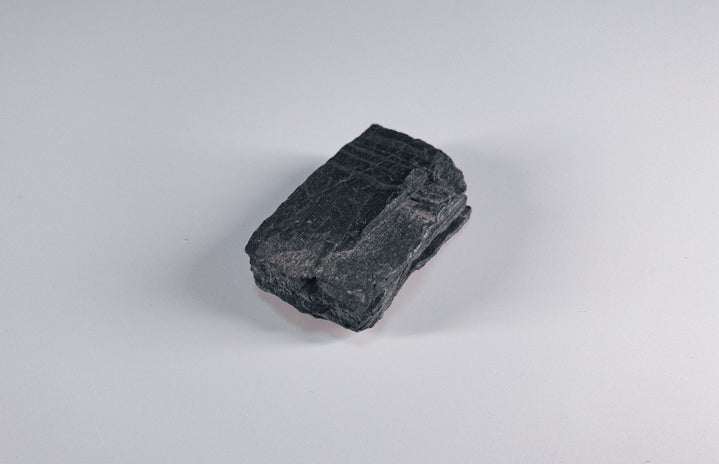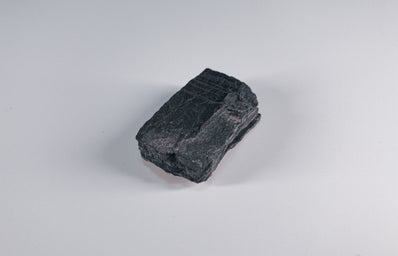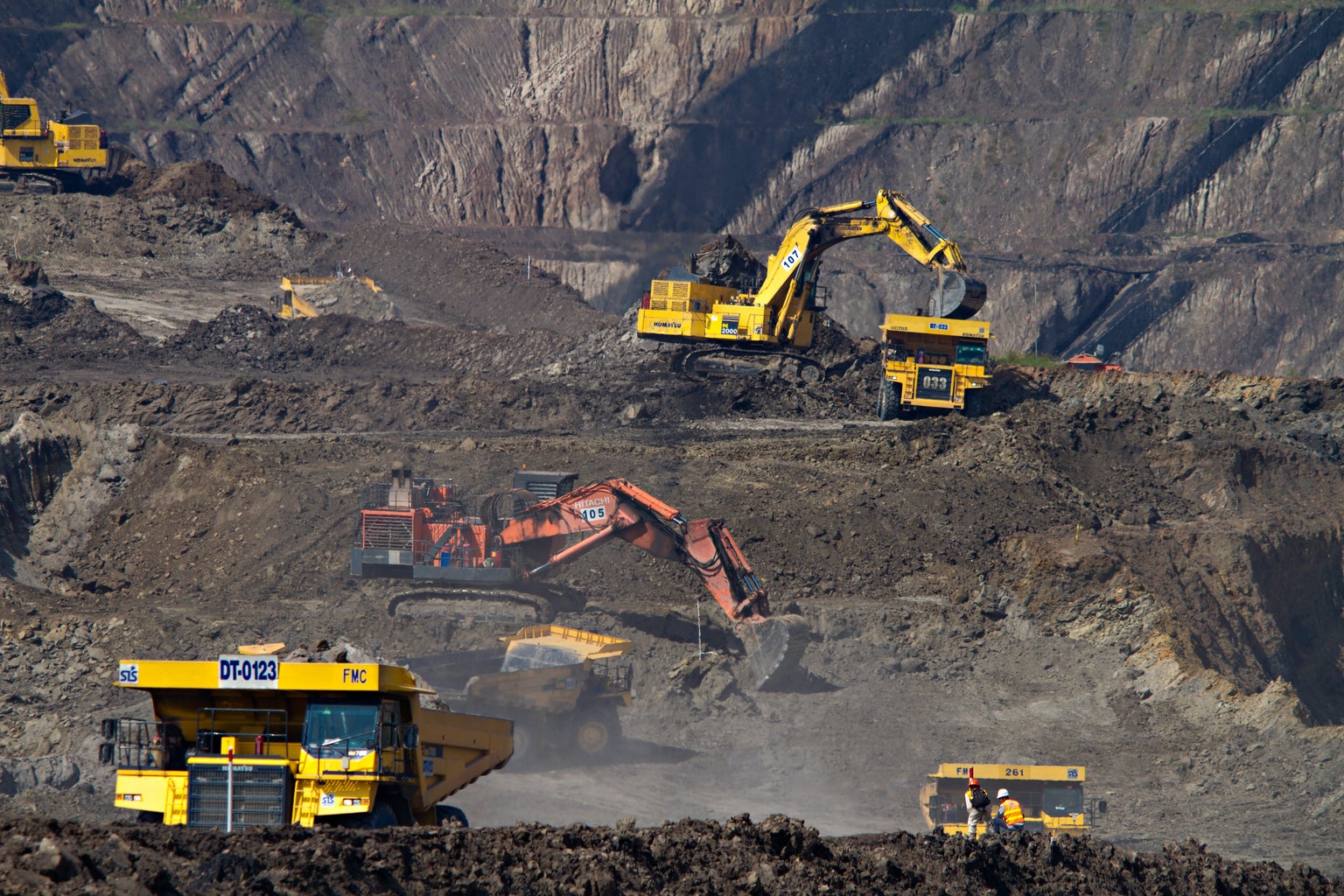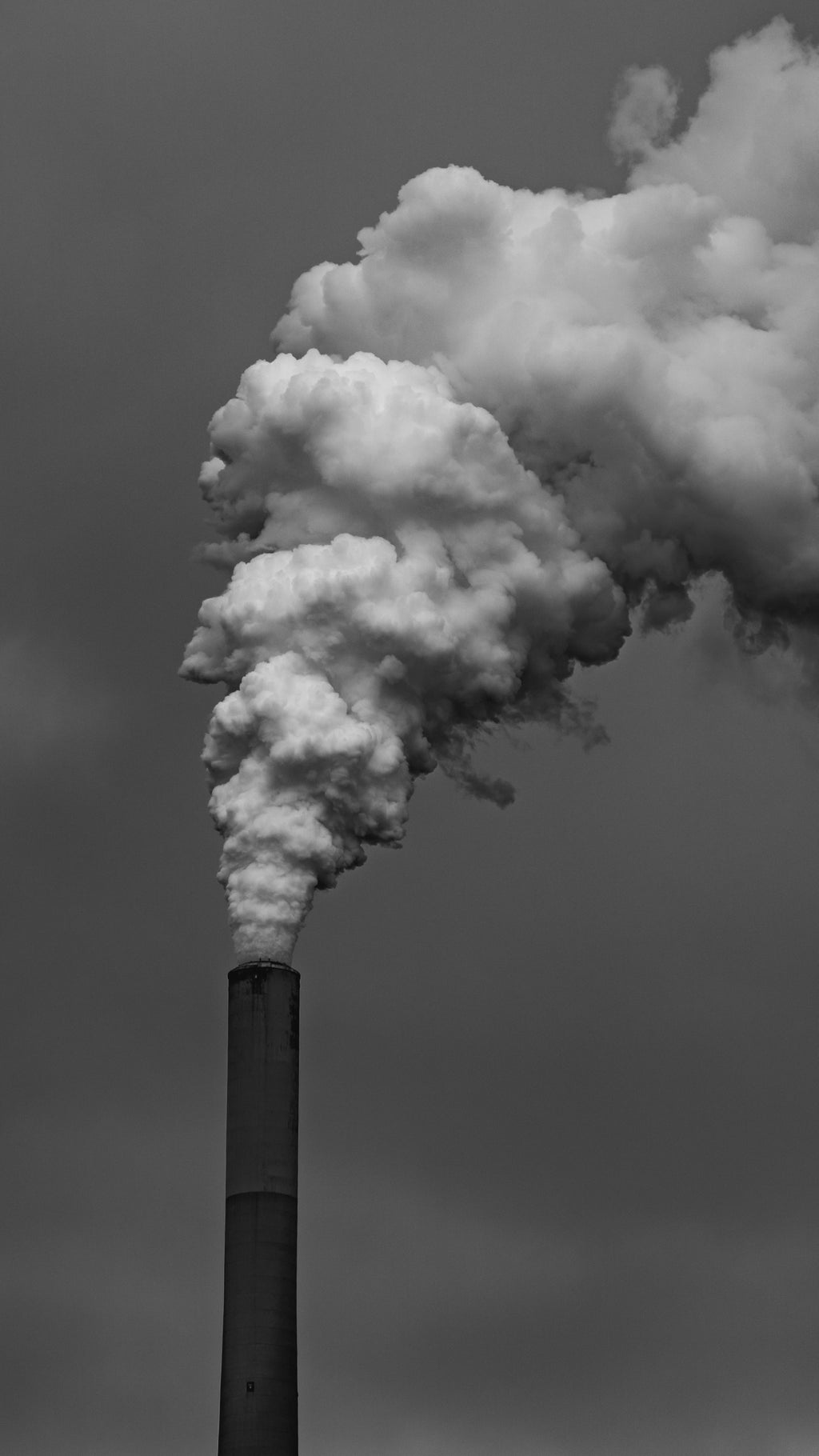Along with hosting the fourth-largest coal reserves in the world, India is the world’s second-largest coal importer. Knowing this fact, it was an obvious shock to hear that India was facing a coal crisis, one that would affect most of the population, from rural villages to metropolitan cities. Trains and trucks filled to the threshold leave mines to deposit coal to different parts of the country every single day, evidence of how over four million people are inextricably linked to and employed in the industry.
The Indian economy is making huge strides in sustainable energy which had made coal supply lag. Yet, with a country so inextricably linked with coal usage and consumption, it is difficult to pursue an aggressive coal removal plan and subsequent renewable energy adoption as swiftly as expected.
On Oct. 10, the Indian Government posted a press release that stated: “The Ministry of Coal reassures that ample coal is available in the country to meet the demand of power plants. Any fear of disruption in power supply is entirely misplaced.” It mentions how power generation through coal has celebrated an increase of 24% in 2021, saying: “Domestic coal supplies have supported power generation in a major way despite heavy monsoons, low coal imports, and a steep hike in power demand due to economic recovery. It is expected that coal supplies are set to be a record high in the current financial year.” However, it is important to investigate why news channels and papers descended into total chaos upon the possibility of an impending coal crisis in the nation.
The problem began as the COVID-19 pandemic struck India in the worst way possible. With unemployment rising and more time spent staying safe and secure at home, coal was being readily used to match energy and electricity consumption. Coupled with a 40% price inflation for coal globally, a jump of almost 17% compared to coal consumption in 2019, there was a dent in India’s imports and domestic trends. With inflation, India’s domestic demand was stretched to the brink, putting more pressure on coal mines and private companies involved in the coal industry. A supply-demand imbalance also poses a huge profit margin for these private players that aim to further ramp prices.
“We have seen shortages in the past, but what’s unprecedented this time is coal is really expensive now.”
Dr Aurodeep Nandi, BBC News
India Economist and Vice President at Nomura.
On Oc. 8, my friends informed me about a heavy power cut, eclipsing their schedule from 12 p.m. to 6 p.m. Henceforth, blackouts such as these became widely common in Indian states during those first few weeks of October. However, reassurance became available with the press release issued by the government. State-run enterprises are now working to increase production with an increase in mining which will help rectify the situation. The demand for power is also expected to fall as the winter months set in.
Long-term solutions are still required to make sure India doesn’t face something worse in the future that could potentially endanger the nation beyond return. With the festive season underway, the coal crunch might present the government with cards that have never been dealt before.
Can’t get enough of HC UMass Amherst? Be sure to follow us on Instagram, listen to us on Spotify, like us on Facebook, and read our latest Tweets!





